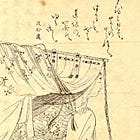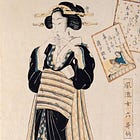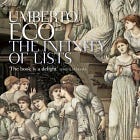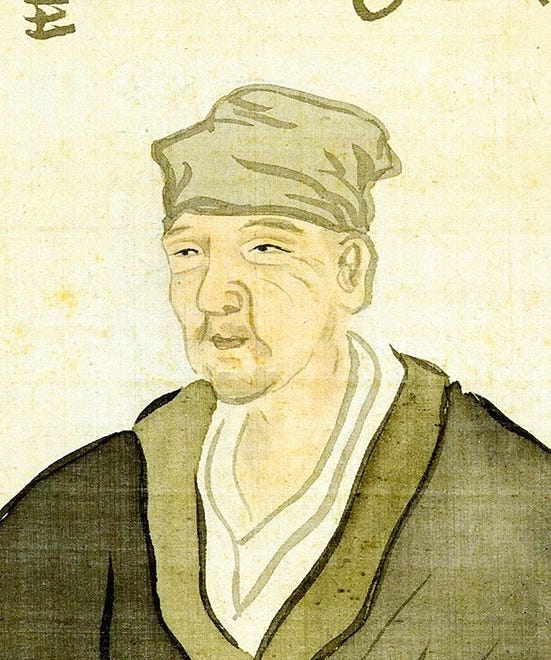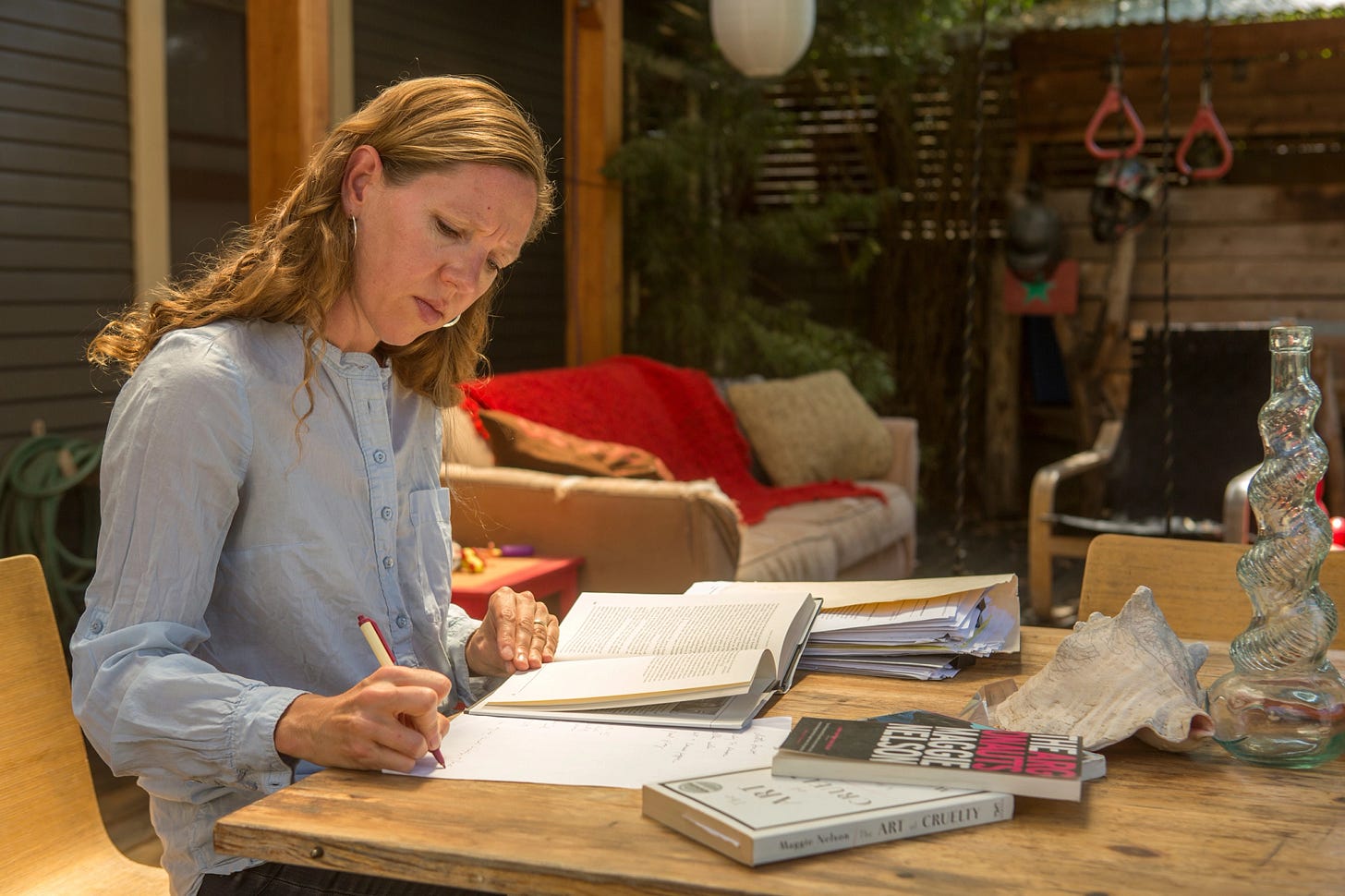The Pillow Book Syllabus
Poets and writers from around the world that seem related to Sei's mischievous, experimental spirit.
To close out the month on Sei Shōnagon’s The Pillow Book, here are two writers (living and dead) whose works and sensibility I see as in conversation with key aspects of that infinite miscellany. One of them (Bashō) is a more direct inheritor, but most of the recommended works/authros below are simply more analogous. Remember, The Pillow Book’s fame in the Western world is really a production of late 19th century Orientalism, in a way. Its influence seems to continue apace, unabated. As Nietzsche said of Emerson: “He has no idea how old he is or how young he may become.”
Bashō: Life vs Art, Context & Close Up
Years ago, I had to learn how to teach Bashō after avoiding the work. I had assumed that the great Japanese inventor of the haiku, then known as hokku, would be too minimalist and precious for my tastes. When I read deeply, I learned how formally daring Bashō was to mix poetry and prose in his travelogues and diaries. Hybrid works like Dante’s La Vita Nuova have always aroused my interest. Today, we think of creative nonfiction, the prose of poets, even long poems that go in and out of paragraphs and prose poetry as par for the course. Yet in Bashō’s time in the 1600s, who else beside Sei Shōnagon would have been an example of how wonderfully poetry can sit inside the architecture of digressive, personal, ruminative prose?
It was in passages like the below from The Records of a Weather-Exposed Skeleton that my ignorance around Bashō exploded in wonder:
At the bottom of the valley where the ancient Poet, Saigyō, is said to have erected his hermitage, there was a stream and a woman was washing potatoes.
The Poet Saigyō
Would have written a poem
Even for the woman
Washing potatoes.Towards the end of the day I stopped at a small tea house, where a young woman named Butterfly handed me a small piece of white silk and asked me to write a poem choosing her name as the subject.
A Butterfly
Poised on a tender orchid,
How sweetly the incense
Burns on its wings.
This passage comes from around the 1680s. Almost seventy years or more after the publication of Shakespeare’s sonnets, which I teach in tandem with these haibuns. What shocked me was the demotic, street photography style of the first haiku. Where in the sonnets will you simply witness a scene so descriptively real, “the woman / washing potatoes.” The bohemian romantic pose is full of artifice, and sometimes farce; but there’s no denying that Bashō’s travels around the Japanese countryside actually brought him in contact with real, living beings; people he sought to embed in poetry in a way that I don’t think quite happens similarly until Wordsworth or Whitman.
In the below haiku, then, you have something that I would have never known if I had just encountered the poem by itself: the “Butterfly” is actually a woman’s name: on the one hand, she is a silk worker and commoner; as a socialized woman we might expect her to be as silent from authorship in her work as Shakespeare’s socialized women and gender minorities would have been in his. (Lest we forget, that The Pillow Book is not the free expression of a public ordinary woman—but, in some ways, a high-powered courtesan with close proximity to imperial power.)
On the other hand, the poem can be read entirely by itself as a photo-realist image of nature nature-ing, going about its business, no sociological background or overlay. The genius of Bashō’s prose-poetry therefore is that it offers an absolute double-vision on how to look at creativity: entirely rooted in the vernacular of the local and mundane; and/or beautifully raised to the sensuous, secluded imagination.


